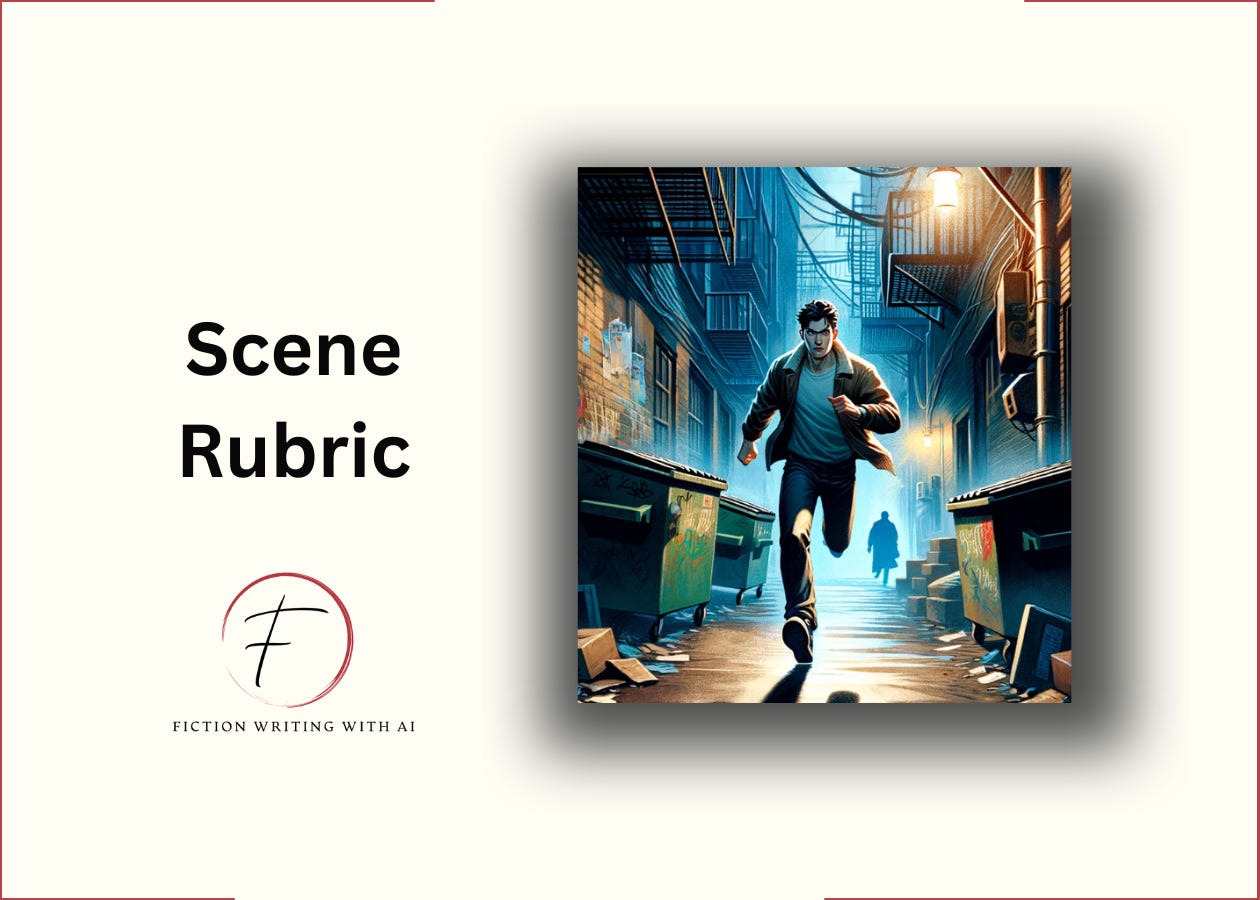The Three Story Method To Edit Your Opening Image
Hey there, Fiction Writers!
Last week, we explored how to structure your scenes to keep readers hooked.
Today, we're diving into one of the most crucial scenes in your novel: the Opening Image. The Opening Image is your chance to make a stellar first impression. It sets the tone, introduces your world and main character, and hints at the journey to come.
No pressure, right?
Don't worry, we've got you covered.
In this post, we'll break down how to edit your Opening Image scene using J. Thorn's "Three Story Method" to start your book off with a bang.
The Opening Image
The Opening Image is your hook.
To pull the reader in, start in medias res, or "in the middle of things." Avoid long prologues or info-dumps and drop the reader right into a scene that's already underway. Give just enough context to ground the reader before zeroing in on the inciting incident.
End the opening image on a note of tension, uncertainty, or a mini-cliffhanger to propel the reader into the next beat—leave the reader wanting more.
Here are a few common mistakes to watch out for:
Overused tropes: Opening with an alarm clock buzzing, character waking up from a dream, or staring into a mirror are bland clichés. Choose an original image to surprise your reader.
Forgetting the protagonist: The opening image should establish the protagonist in some way. Don't leave the reader wondering who the story is about.
No conflict: Introduce some sense of conflict, tension, or mystery - don't start with a boring, everyday "typical morning" scene.
Forced symbolism: Don't force symbolic meaning onto every detail in the opening image. Let the significance arise naturally.
Lack of connection: Have the opening clearly connect with the overall theme and trajectory of the story. Don't start with something completely disconnected.
The opening image sets the tone and draws readers in, so avoid clichés and engage their interest right away with an original, focused scene centered on your protagonist.
The Three Story Method Scene Rubric
If you’ve been following along with the Zero To Book series, you should already have a draft of your Opening Image scene.
Once you have a draft, you’ll be ready to review it with a critical lens. This is where AI can be a powerful assistant. AI can provide an objective analysis, identifying areas for improvement without bias.
To do this, we are going to leverage J. Thorn's "Three Story Method Scene Rubric."
Keep reading with a 7-day free trial
Subscribe to Fiction Writing With AI to keep reading this post and get 7 days of free access to the full post archives.




